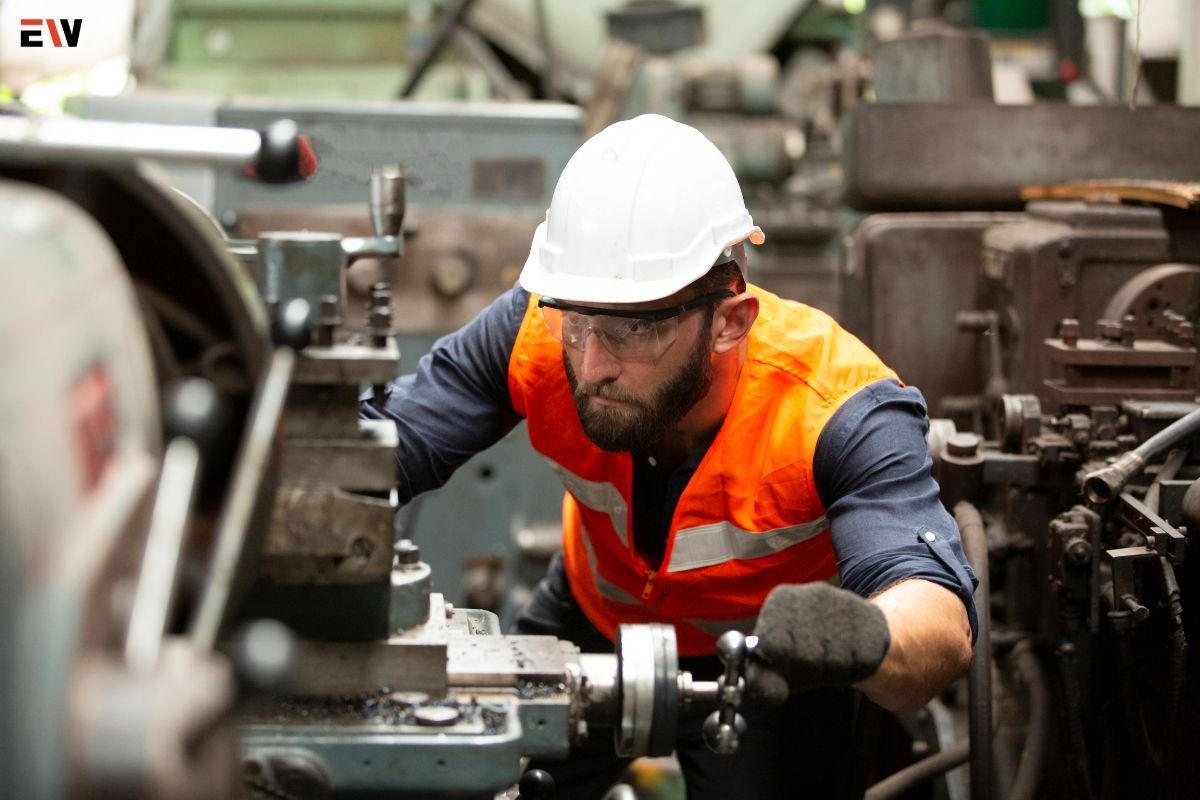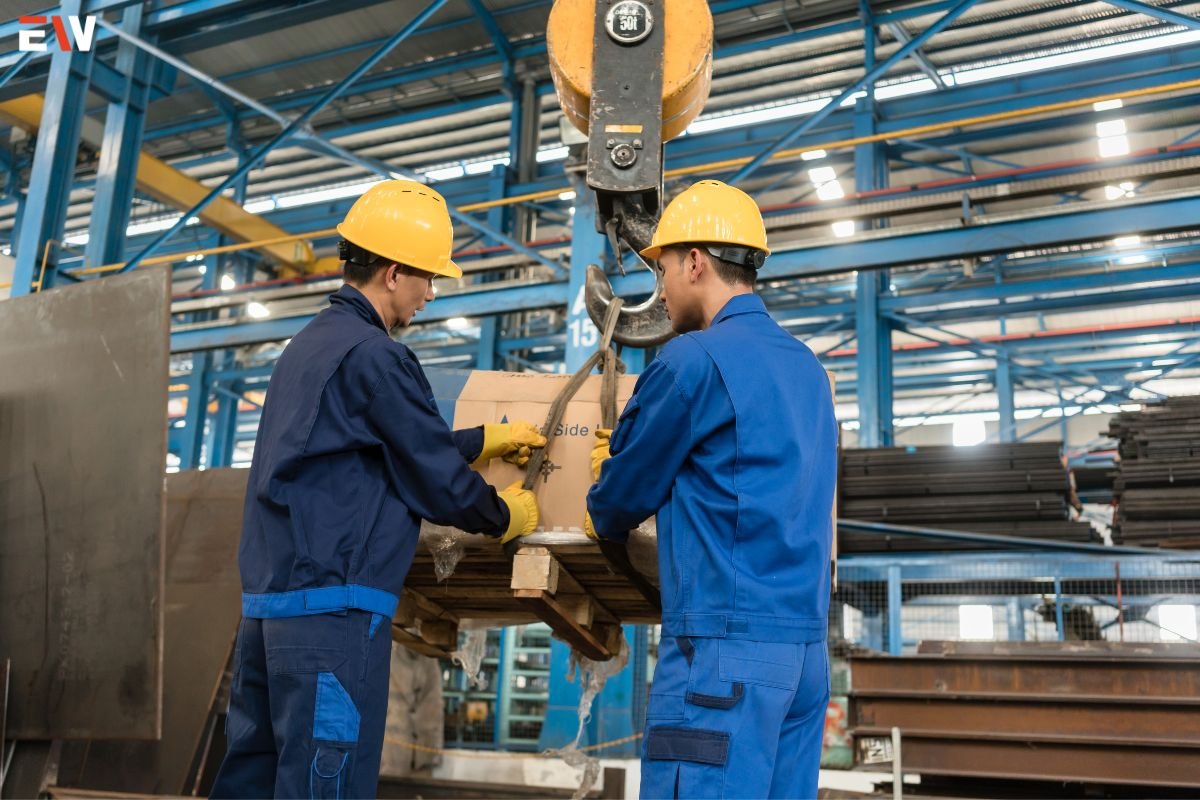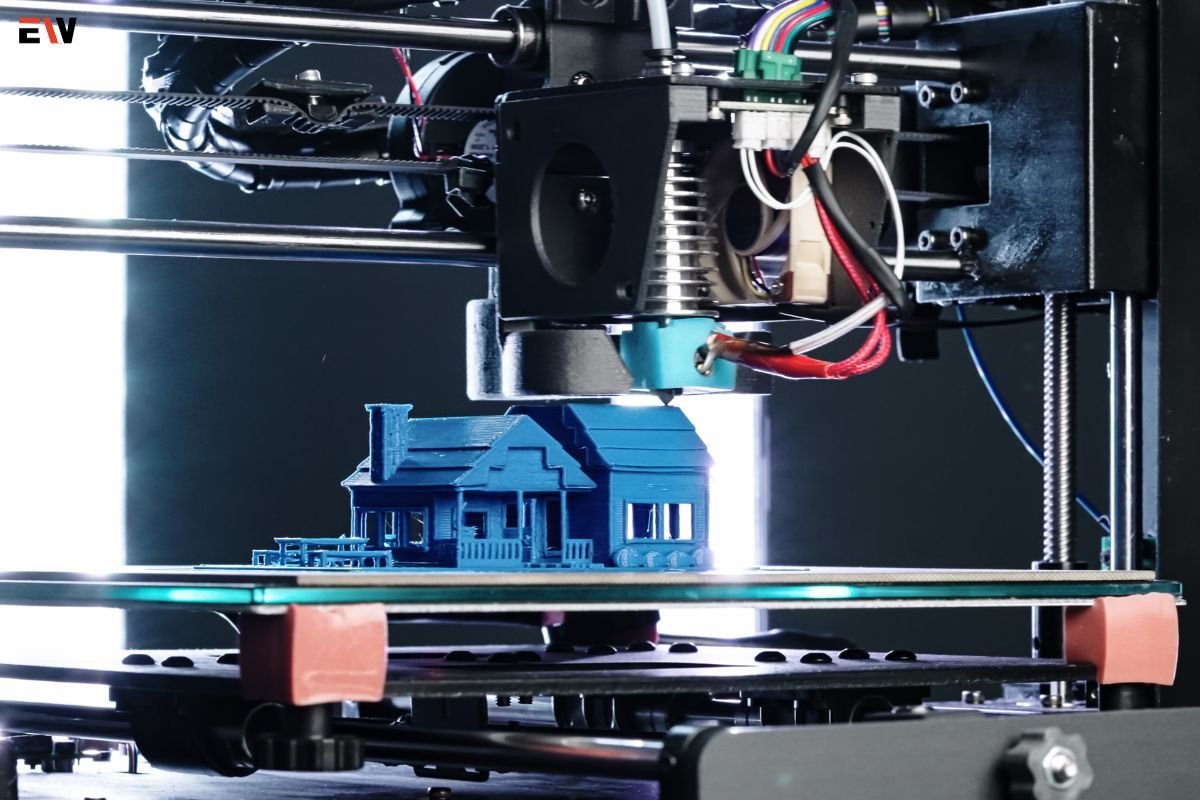3D printing, also known as additive manufacturing, has revolutionized various industries over the past few decades. If we go back a few decades, 3D printing was primarily used for prototyping and small-scale production. However, the scenario has changed today. As the technology has advanced, 3D printing has found a way in mainstream manufacturing processes.
In this article, we will explore the remarkable potential of 3D printing in manufacturing and examine how it is shaping the future of this industry.
1. The Current State of 3D Printing in Manufacturing
To understand the future of 3D printing in manufacturing, we must first grasp its current significance. Today, 3D printing is employed in various manufacturing sectors, including aerospace, automotive, healthcare, and consumer goods. Its benefits are evident in rapid prototyping, customized production, and cost-effective tooling. The technology allows for the creation of complex geometries that would be impossible or extremely challenging to achieve using traditional manufacturing methods.
2. Key Advantages of 3D Printing in Manufacturing
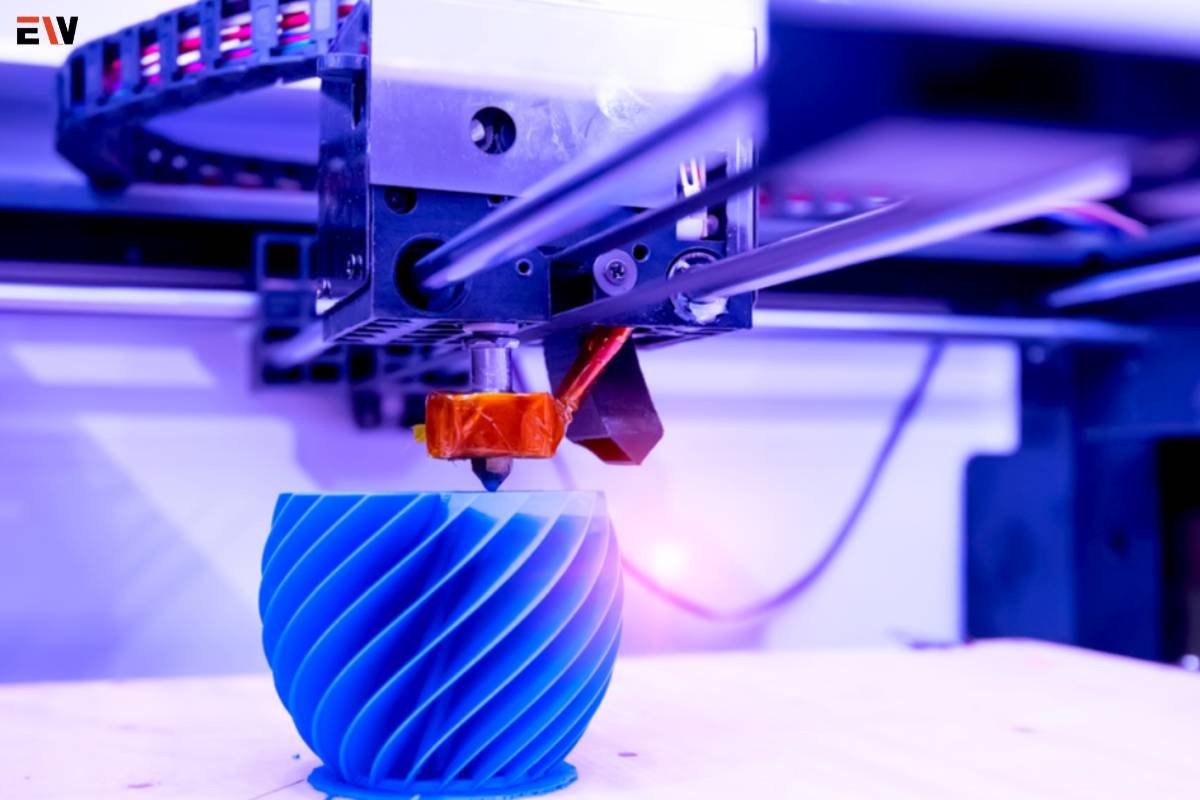
- Design Freedom: 3D printing liberates designers from many of the constraints imposed by traditional manufacturing processes. It enables the creation of intricate, lightweight structures that can optimize performance and reduce material waste.
- Cost-Effective Prototyping: Traditional prototyping methods often involve costly molds and tooling. 3D printing eliminates these expenses by producing prototypes directly from digital designs, accelerating the development process.
- Customization: Mass customization is a growing trend in manufacturing, and 3D printing is a key enabler. It allows companies to create highly personalized products tailored to individual customer preferences.
- Reduced Material Waste: Traditional subtractive manufacturing processes often generate significant material waste. 3D printing, on the other hand, is an additive process, which means it generates minimal waste, contributing to sustainability efforts.
- Supply Chain Optimization: 3D printing can decentralize production by enabling local manufacturing. This reduces the need for long-distance shipping, lowers carbon emissions, and enhances supply chain resilience.
3. The Future Potential of 3D Printing in Manufacturing
As technology continues to advance, the future of 3D printing in manufacturing looks exceedingly promising. Here are several key areas where we can expect to see significant growth and innovation:
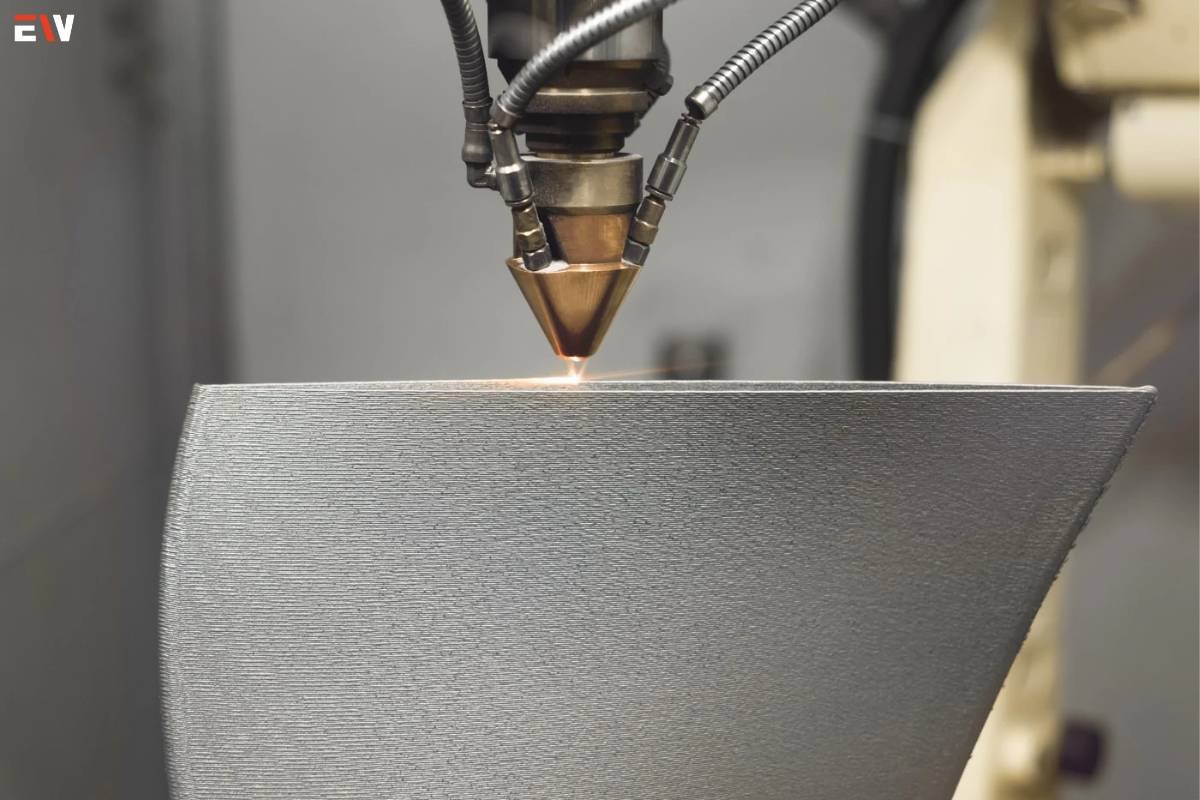
- Materials Advancements: The range of materials compatible with 3D printing is expanding rapidly. While plastics have dominated the scene, there is a growing emphasis on developing new materials like metals, ceramics, and biodegradable polymers. These developments will open up new possibilities for manufacturing applications.
- Speed and Scalability: One challenge of 3D printing has been its relatively slow production speed compared to traditional methods. However, ongoing research into faster printing techniques and larger build volumes will make 3D printing more competitive in terms of production rates, particularly for high-volume manufacturing.
- Hybrid Manufacturing: Combining 3D printing with traditional manufacturing methods is gaining traction. This hybrid approach, known as “additive-subtractive manufacturing,” allows for the best of both worlds: the precision and surface finish of subtractive manufacturing and the design freedom of 3D printing.
- Digital Twins: The integration of 3D printing with digital twin technology is on the horizon. Manufacturers will be able to create digital replicas of physical products, monitor their performance in real-time, and make on-demand modifications or replacements using 3D printing.
- Medical Breakthroughs: 3D printing has already made significant contributions to the medical field, producing patient-specific implants, prosthetics, and even human tissues. In the future, we can anticipate further innovations in regenerative medicine and the biofabrication of organs.
- Sustainability: Sustainability concerns are driving research into more environmentally friendly 3D printing materials and processes. Biodegradable materials, reduced energy consumption, and recyclability will be focal points of future developments.
- AI and Automation: Artificial intelligence and automation will play pivotal roles in the future of 3D printing. Smart algorithms will optimize printing parameters, reduce errors, and enhance efficiency, making the technology more accessible and user-friendly.
- Space Exploration: 3D printing is already being used in space for manufacturing parts and tools. As humanity’s ambitions in space exploration expand, so will the reliance on 3D printing for in-situ resource utilization and repairs.
4. Challenges to Overcome
While the future of 3D printing in manufacturing is promising, there are still challenges to overcome:
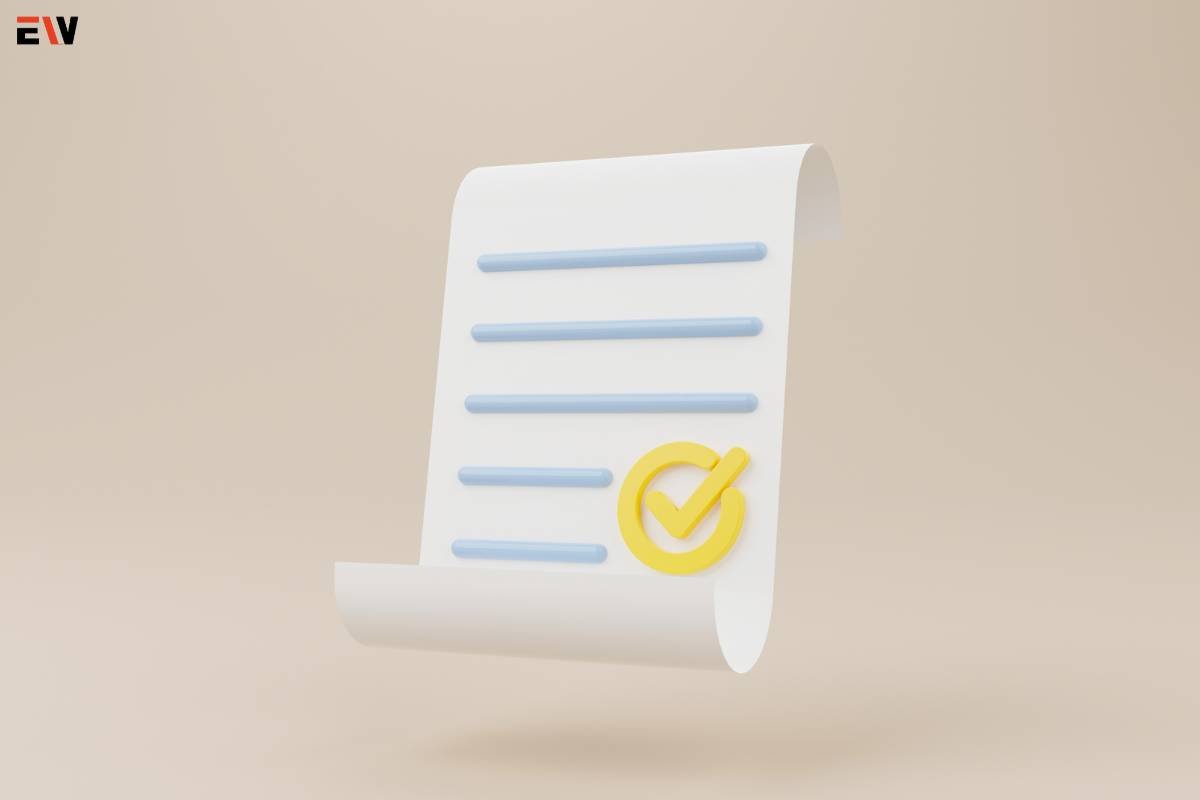
- Quality Control: Ensuring consistent quality in 3D-printed parts can be challenging due to layer-by-layer deposition. Developing reliable quality control processes is essential, especially for industries like aerospace and healthcare.
- Regulation and Certification: Industries with strict regulatory requirements, such as aerospace and healthcare, must establish standardized certification processes for 3D-printed components.
- Intellectual Property: The ease of digital file sharing raises concerns about intellectual property theft and counterfeiting. Addressing these issues will be critical as 3D printing becomes more widespread.
- Education and Training: Widespread adoption of 3D printing in manufacturing will require a skilled workforce. Investing in education and training programs for technicians and engineers is essential.
- Post-Processing: While 3D printing creates intricate shapes, post-processing is often required to achieve the desired surface finish and mechanical properties. Developing efficient post-processing techniques is crucial.
Conclusion
The future of 3D printing in manufacturing is filled with promise and potential. The technology’s ability to provide design freedom, cost-effective prototyping, customization, and sustainability solutions has already transformed various industries. As materials improve, production speeds increase, and automation advances, we can expect to see even more remarkable applications of 3D printing in manufacturing.
However, challenges such as quality control, regulation, and intellectual property protection must be addressed to ensure the technology’s seamless integration into mainstream manufacturing processes. With ongoing research and development, collaboration across industries, and a commitment to innovation, 3D printing will continue to reshape the manufacturing landscape and drive us toward a more efficient, sustainable, and customizable future.






